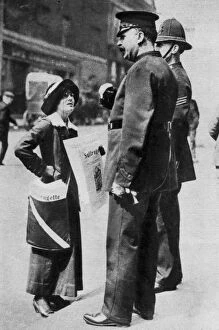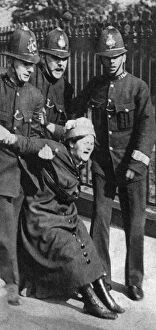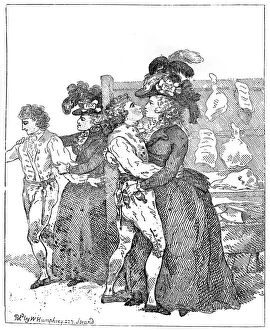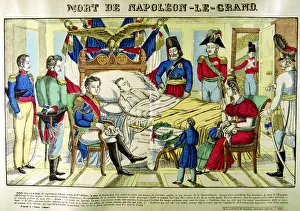"Campaigning: A Historical Tapestry of Political Persuasion" From the enigmatic portrayal of Charles Foster Kane in Orson Welles' iconic film "Citizen Kane" to the indomitable Margaret Thatcher on her relentless campaign trail, the art has shaped our political landscape for centuries. In 1941, Orson Welles not only directed but also portrayed the complex character of Charles Foster Kane in "Citizen Kane. " This cinematic masterpiece delves into the power dynamics and manipulations behind political campaigns, leaving an indelible mark on American cinema. Meanwhile, Margaret Thatcher's formidable presence during her campaign trail showcased her determination and unwavering commitment to her ideals. Her captivating speeches and tireless efforts propelled her to become one of Britain's most influential prime ministers. The significance is not limited to individuals alone. Kaiser Wilhelm II's Campaigning Car symbolized his desire for dominance as he traversed Germany, rallying support for his imperial ambitions. This mobile platform allowed him to connect with citizens directly and shape public opinion. Campaigns have often been a catalyst for social change as well. Tariq Ali's powerful demonstration in London exemplified how writers, journalists, and filmmakers can use their voices to challenge authority and advocate for justice. Gladice Keevil Manchester was a suffragette who fearlessly campaigned for women's right to vote. Her unwavering dedication paved the way towards achieving gender equality in politics—a legacy that continues today. Election posters like "The Great Naval Eclipse" highlighted how visual propaganda played a pivotal role in swaying public opinion during crucial electoral battles throughout history. These artistic creations aimed at capturing voters' attention while conveying powerful messages about candidates or policies. One cannot forget William Gladstone's Midlothian Campaign—an electrifying series of speeches that captivated audiences across Scotland. His persuasive oratory skills enabled him to connect with voters on a personal level, ultimately shaping the political landscape of his time.








